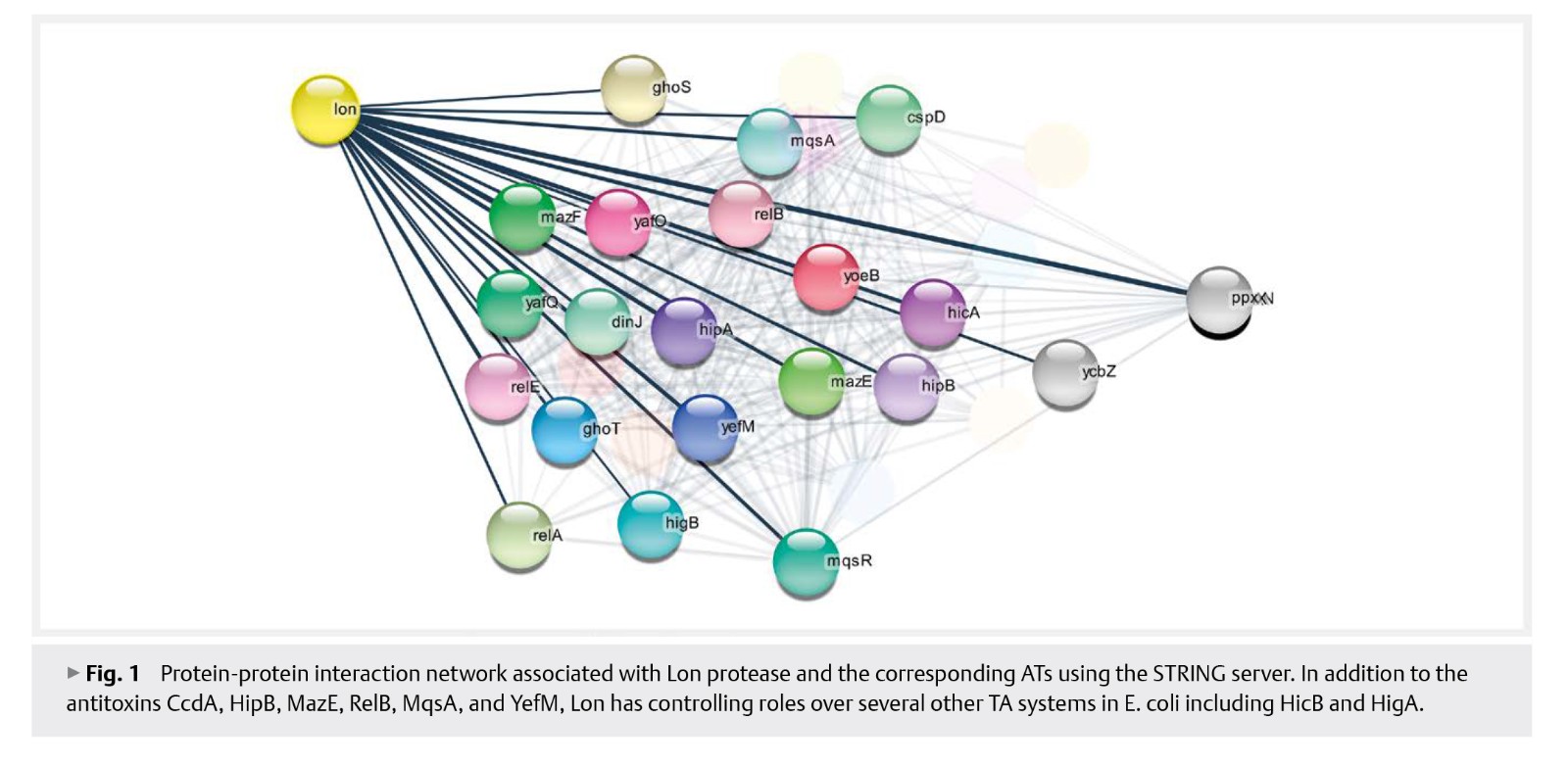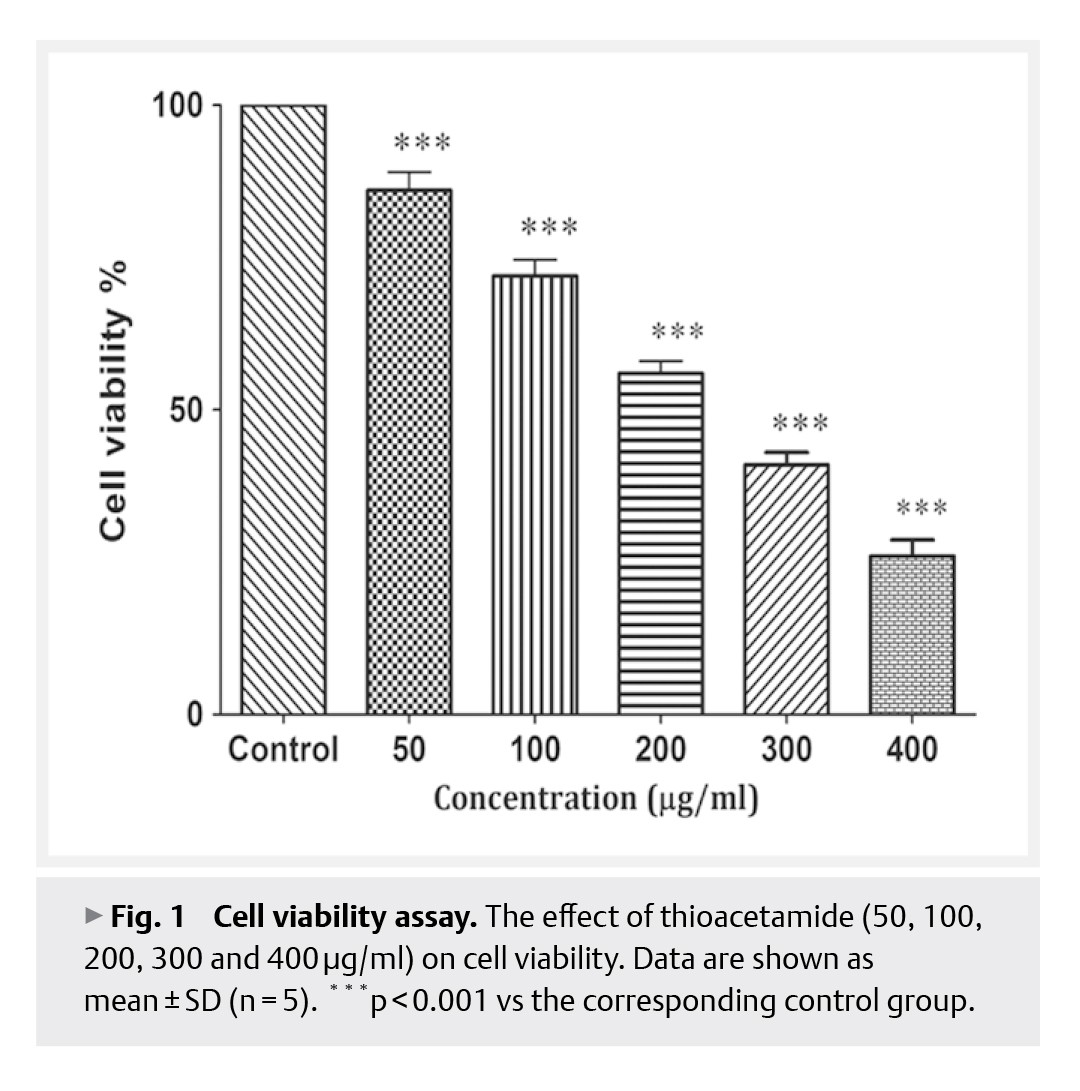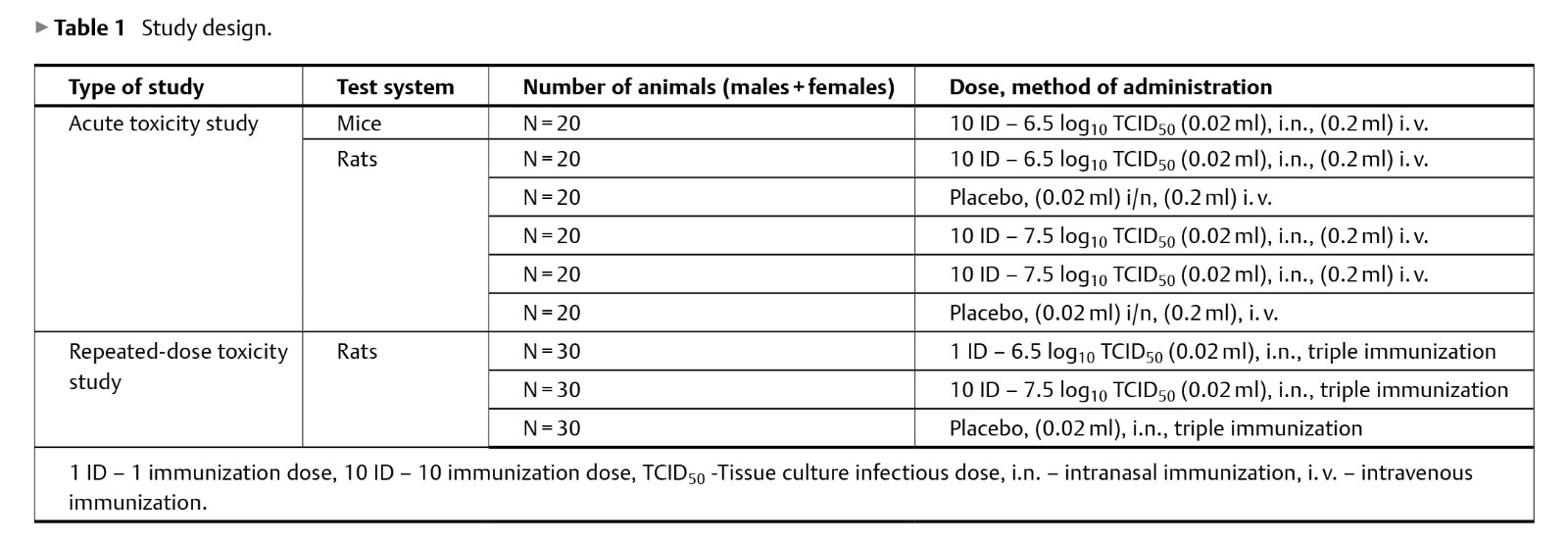

药理学期刊Drug Research最新一期全新上线,欢迎免费阅读本期主编精选论文。
Issue 04 · Volume 72 · April 2022
Original Article
In silico Investigation of Lon Protease as a Promising Therapeutic Target
Asadollahi P et al.
Considering the widespread occurrence of antibiotic resistance, the need for new therapeutic strategies is inevitable. Bacterial proteases are a broad set of enzymes that play a vital role in cell survival, stress response, and pathogenicity. This in silico study was aimed to focus on the crucial role of Lon protease in the regulation of toxin-antitoxin systems in E. coli and to design inhibitory peptides against the action of this protease. With the help of relevant servers and softwares, the communication network, the evolutionary history, and the interaction of Lon with the corresponding antitoxins were examined, following which the inhibitory peptides were designed against these interactions. The results showed that Lon protease plays a central role in the control of these systems and is a conserved protein, especially among the Enterobacteriaceae family. The docking results of the designed peptides with the Lon protease were significant. This study showed that Lon protease may have the characteristics of a new therapeutic target.

Original Article
Seydi E et al.
Hydrogen sulfide (H2S) is a toxic compound known as a member of the gasotransmitter family. H2S has the ability to inhibit the cytochrome c oxidase enzyme in the mitochondrial respiratory chain. Mitochondria play an important role in energy production and the brain needs energy for normal function. Mitochondrial dysfunction is associated with neurodegenerative diseases. This study investigated the mechanisms of cytotoxicity induced by H2S in brain neurons. thioacetamide has been used to produce H2S in water solutions. The results of the study showed that thioacetamide at concentrations of 116, 232 and 464 µg/ml was able to increase the level of reactive oxygen species (ROS), collapse in mitochondrial membrane potential (MMP), damage to the lysosomal membrane, increase in the level of oxidized glutathione (GSSG) and decrease in the level of reduced glutathione (GSH) in brain neurons. The results of the study suggested that H2S causes damage to mitochondria and lysosomes in brain neurons that could be associated with neurodegenerative diseases.

Original Article
Stosman K et al.
Vaccination against tuberculosis is one of the most successful medical measures to reduce morbidity and mortality. The BCG vaccine has been in use for more than 100 years, but its efficacy is still controversial. New vaccine candidates may offer better protection than available BCG vaccine. In this work, we studied the acute and the repeated-dose toxicity study of a new vector vaccine TB/Flu-04L against tuberculosis.

